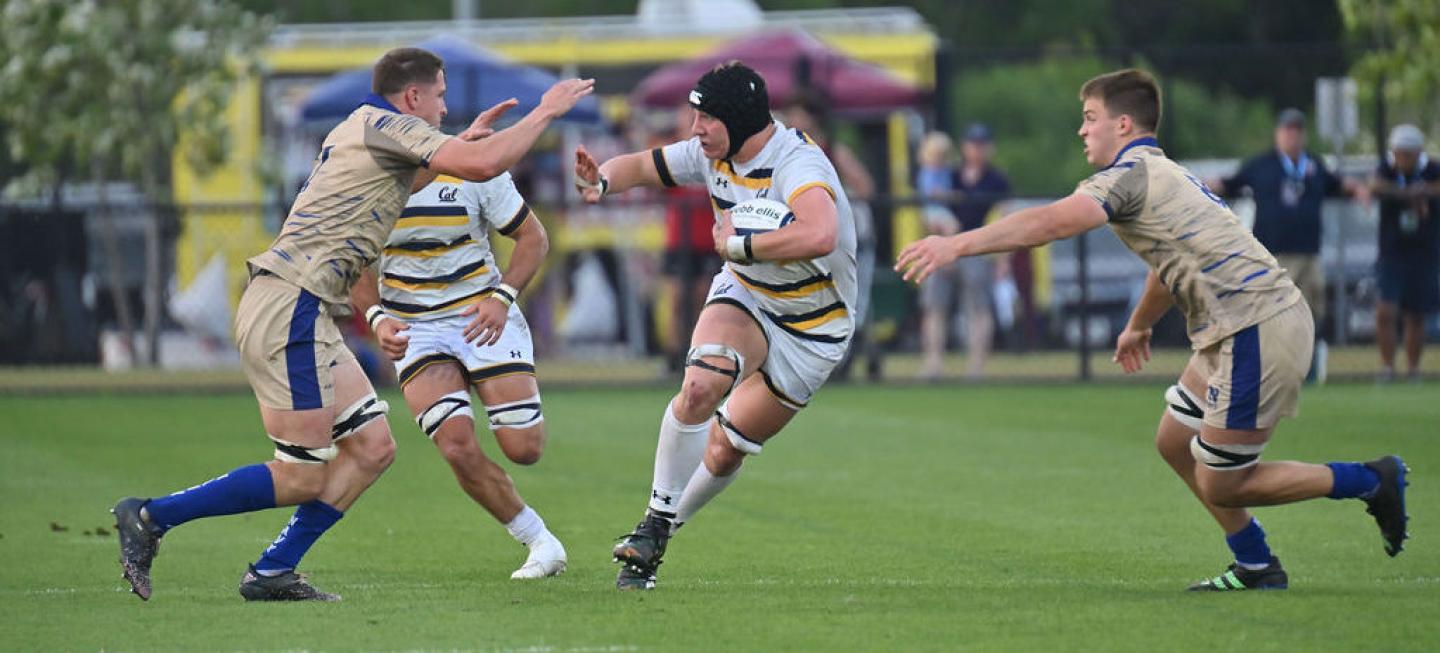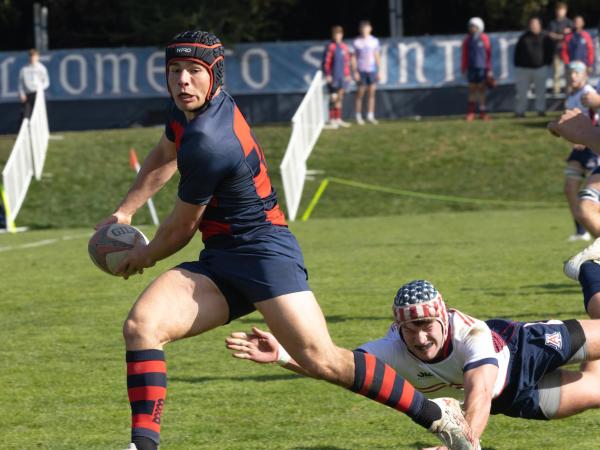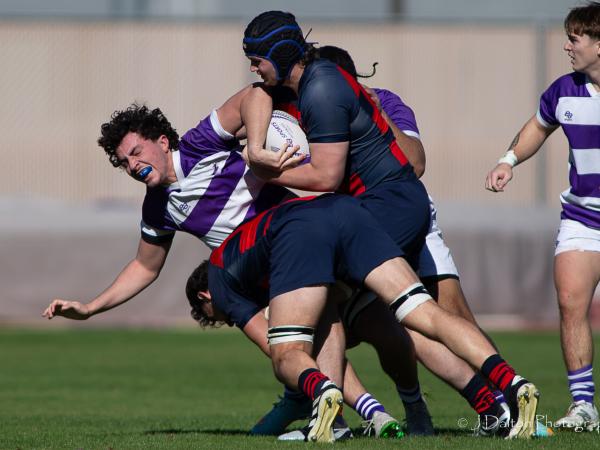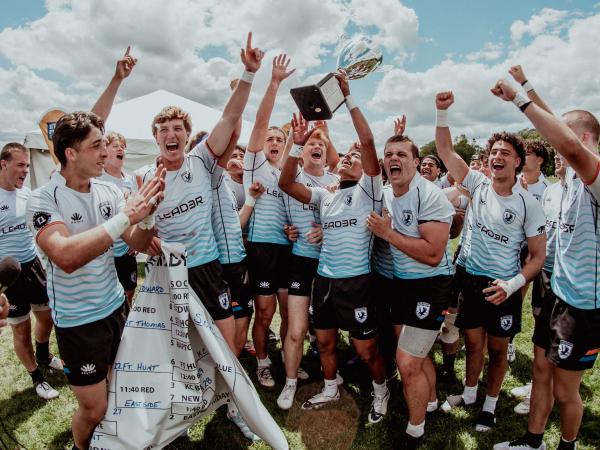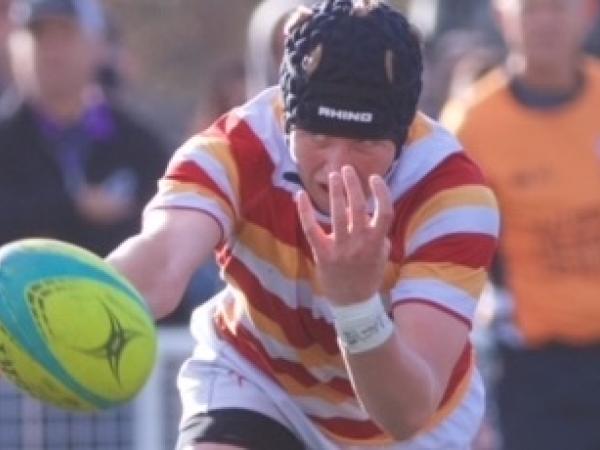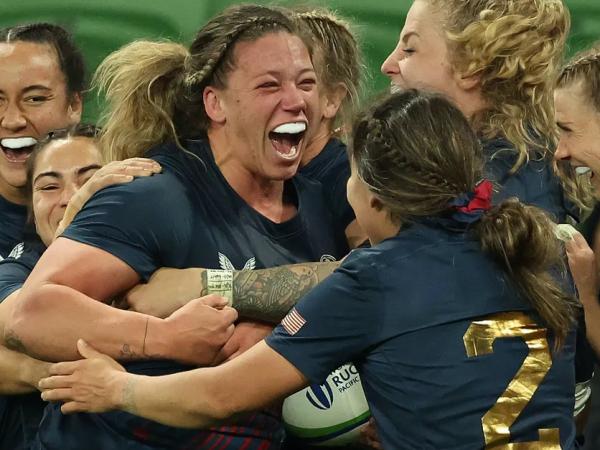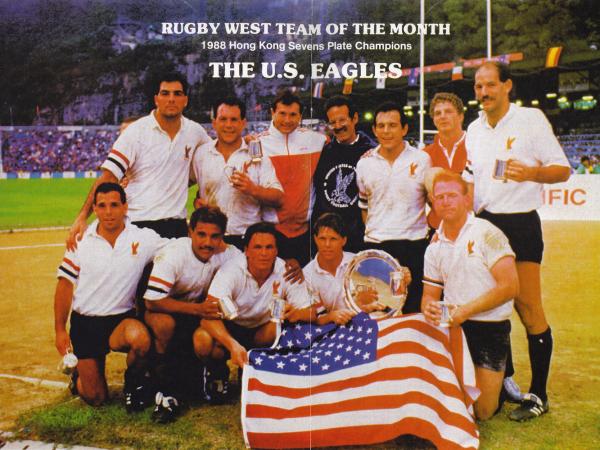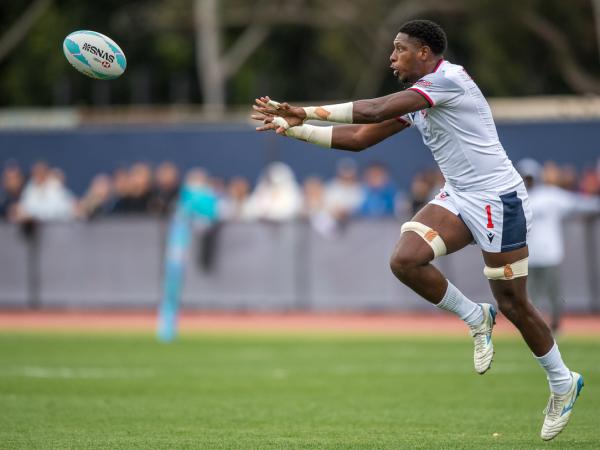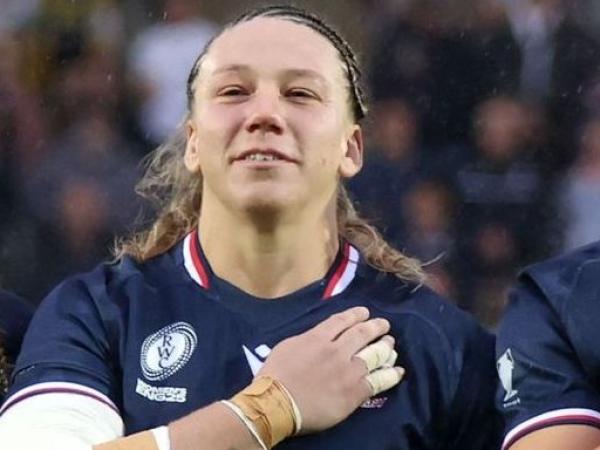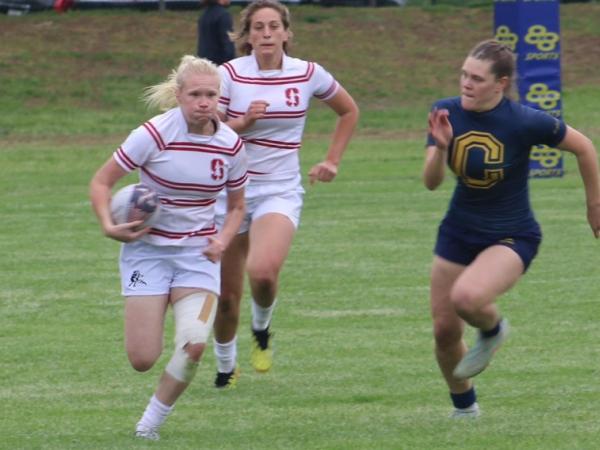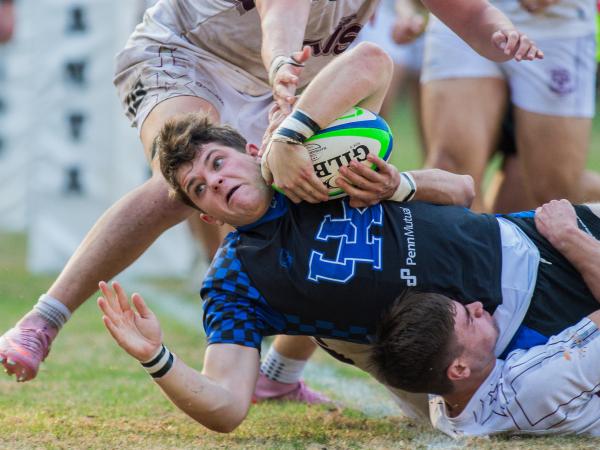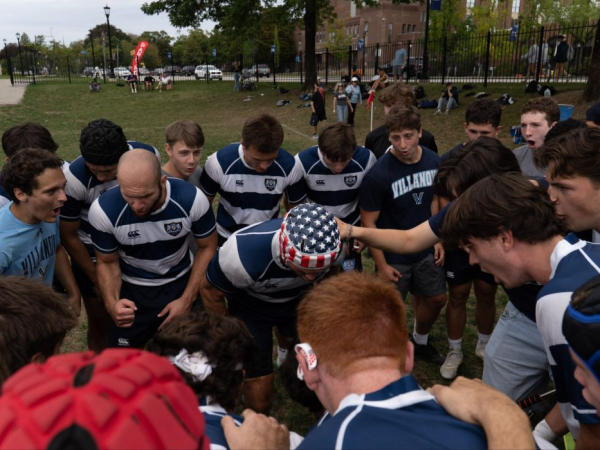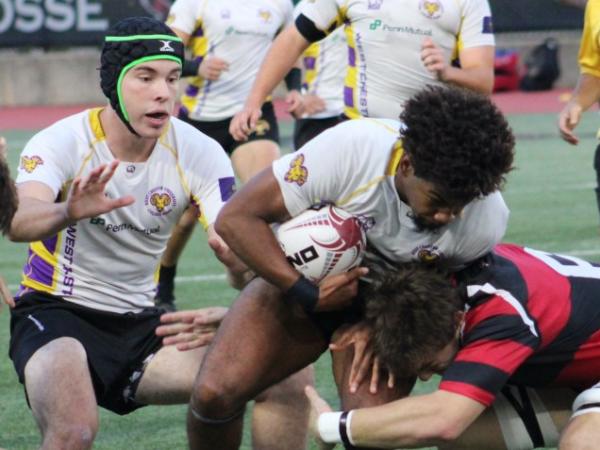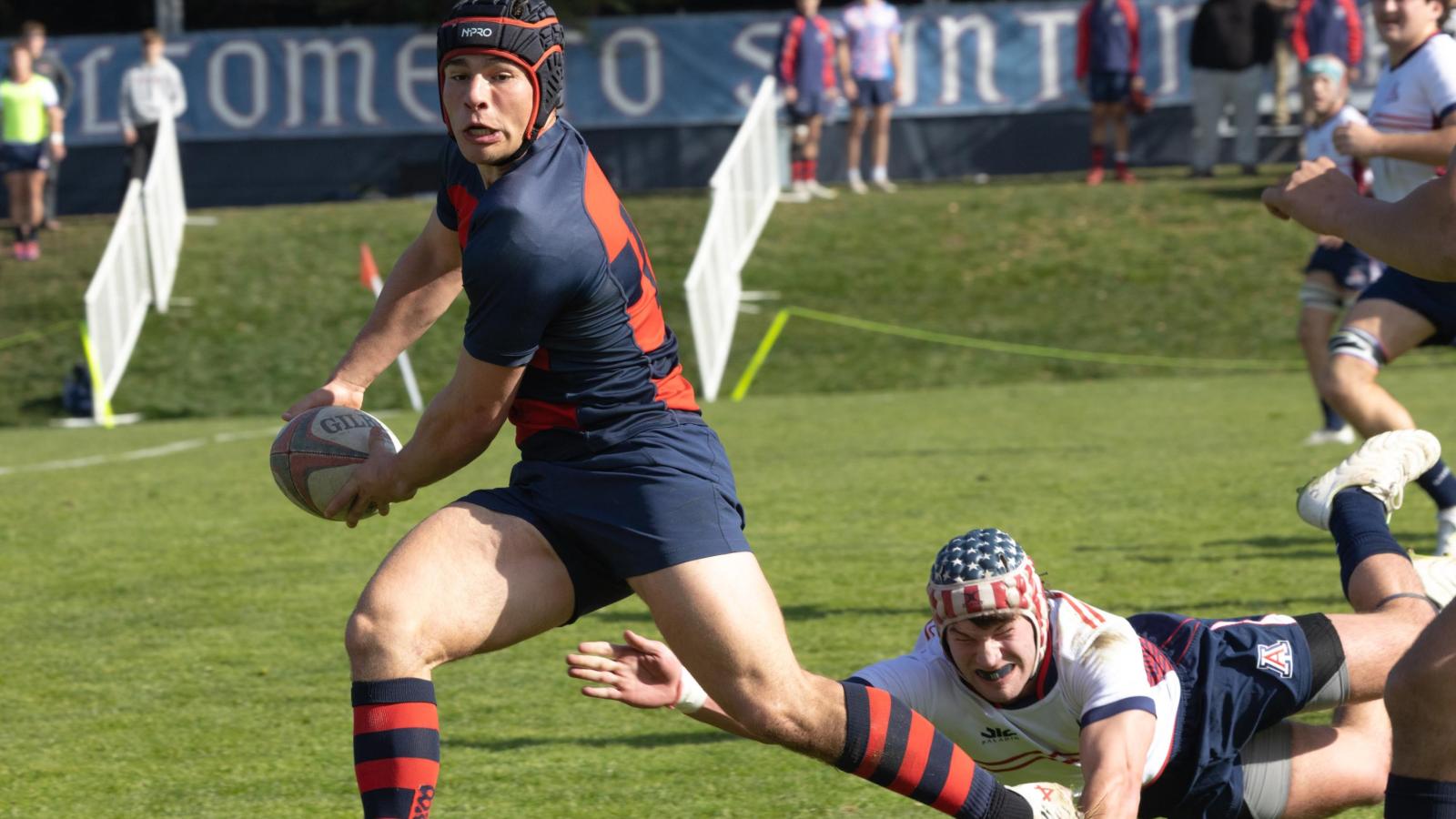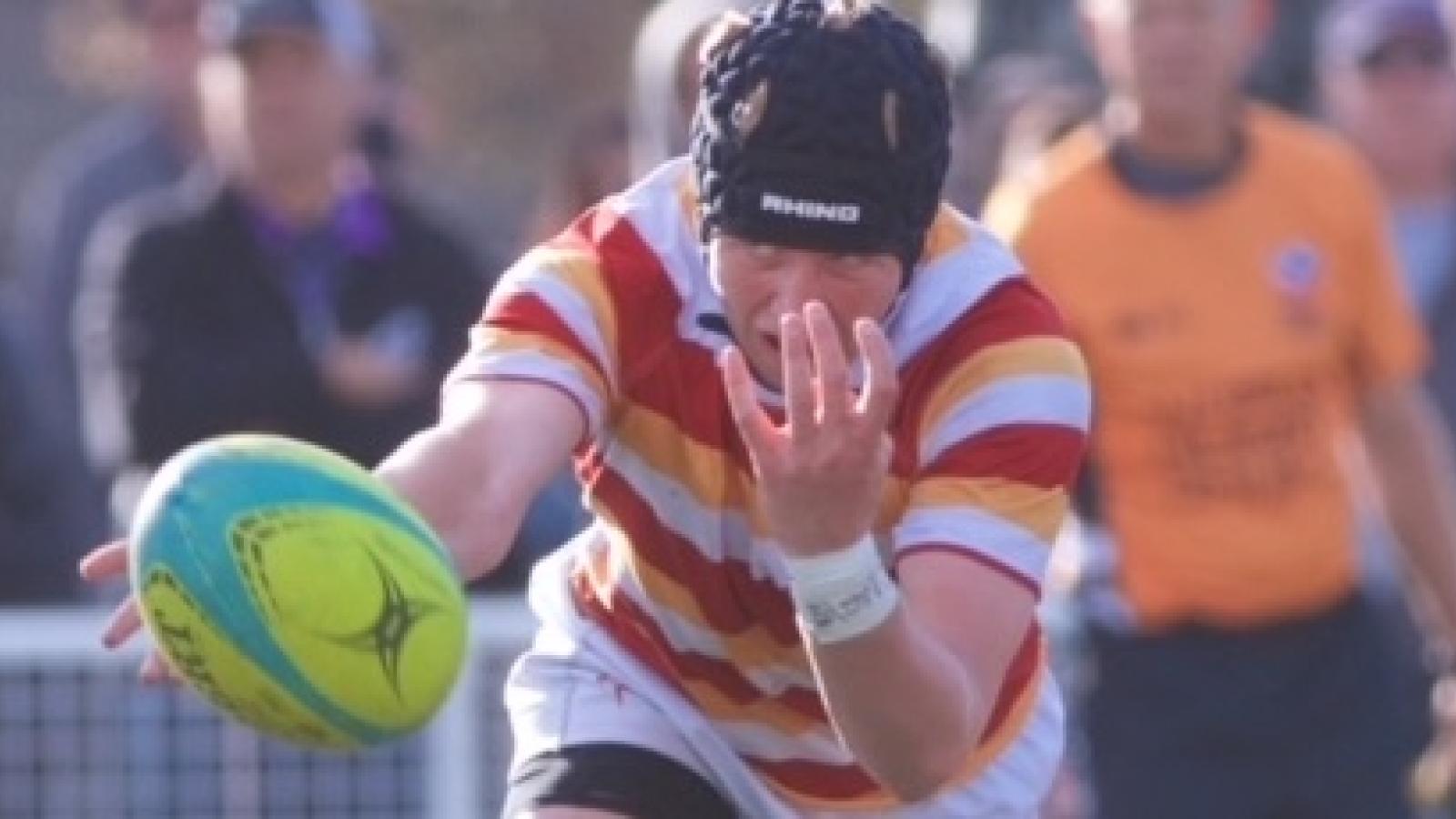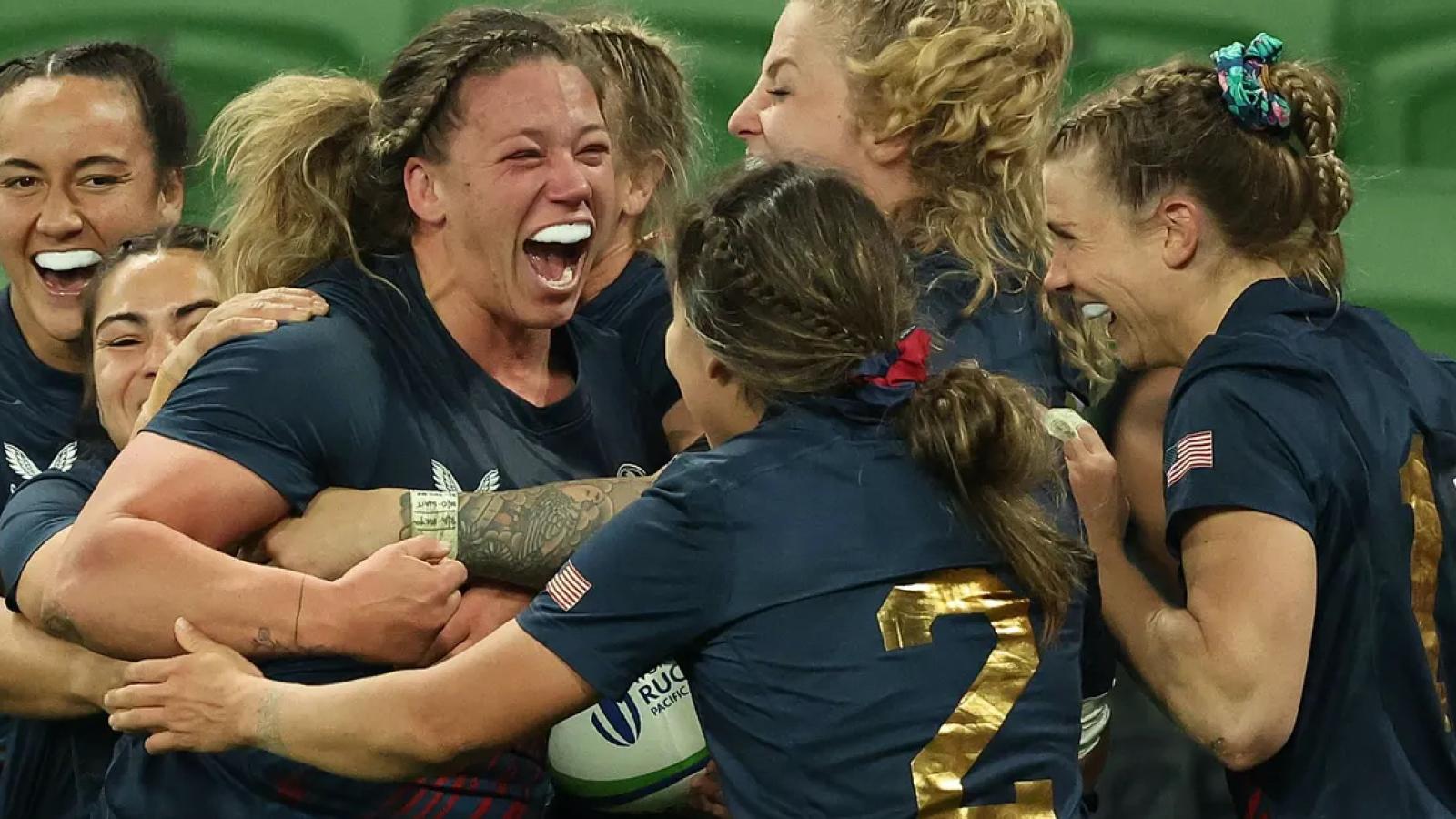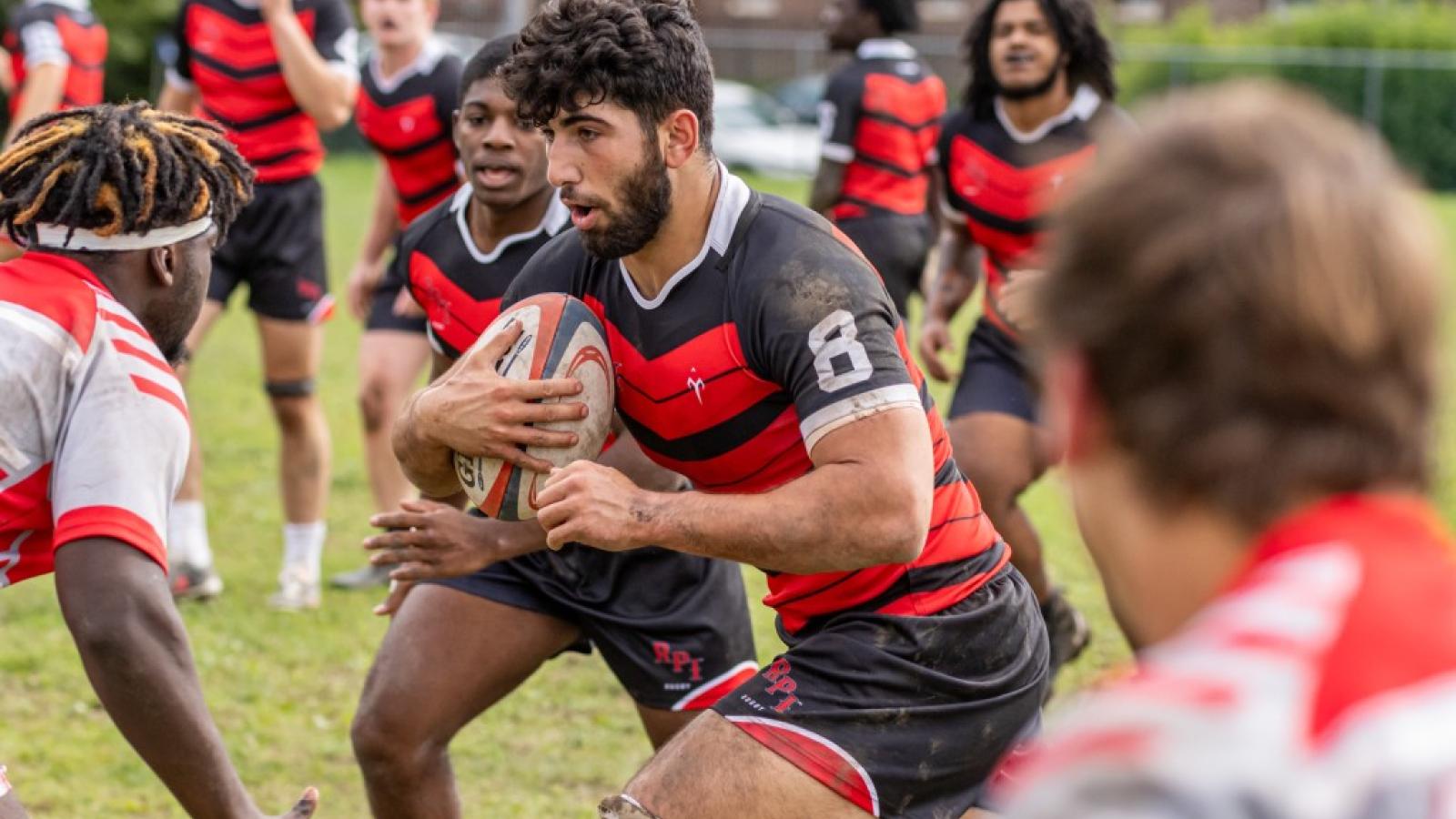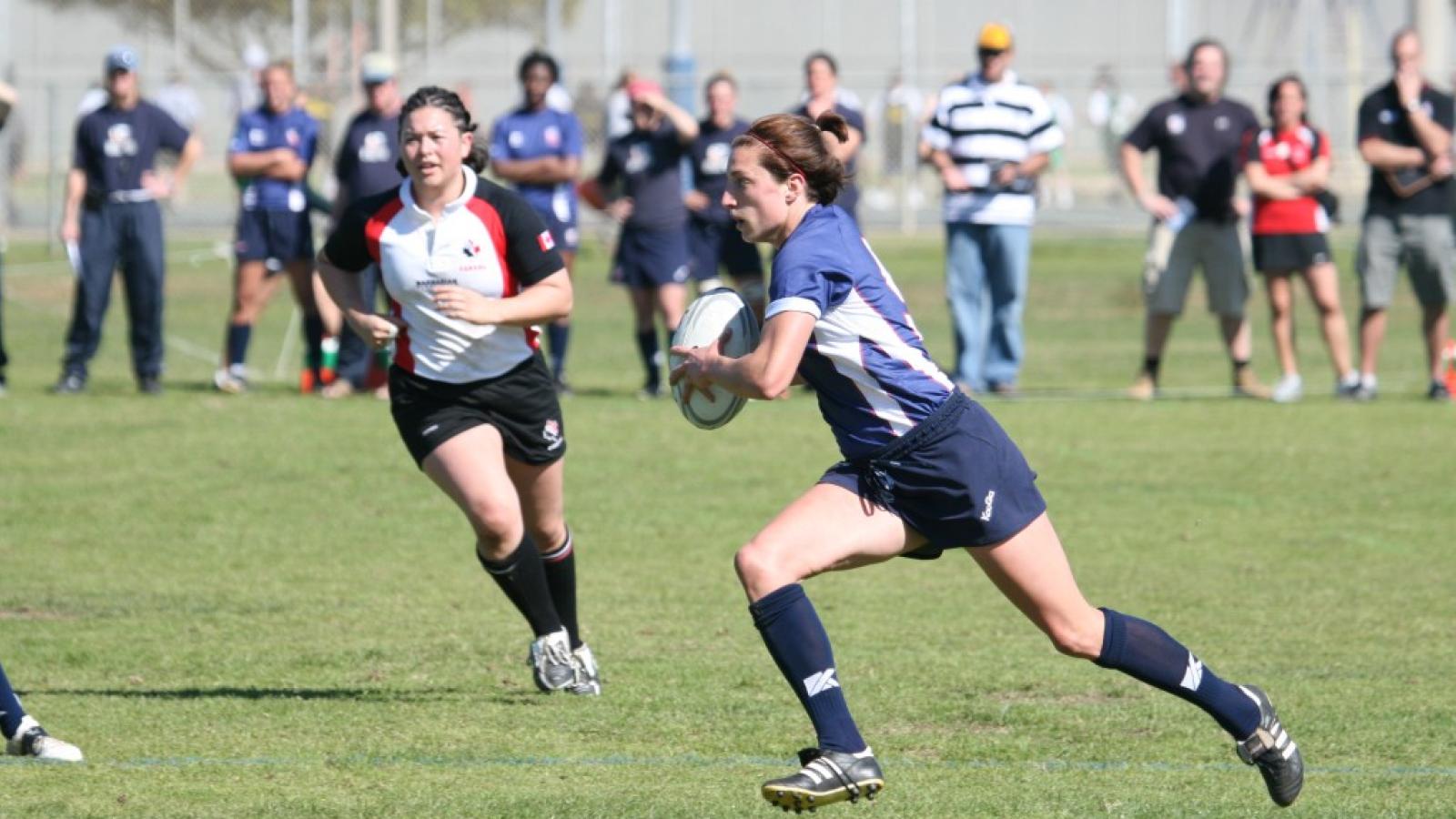As the 2023-24 men's collegiate season opens we figured it would be a public service to let you know what you, or the team you follow, is playing for.
As you probably know by now, there is a major collegiate organization that does not pay dues to USA Rugby, which is National Collegiate Rugby (NCR). When the NCR teams play within their own world that doesn't present complications—you don't have to be a member of USA Rugby to actually play a game of rugby—but it does when those teams. want to play USA Rugby members. That's because USA Rugby wants their members to play teams that are covered by their insurance. What that means is a bunch of NCR memberships also pay for the USA Rugby membership.
We outline all of that and how it adds costs to teams here>>
D1A
The highest level of men's college rugby is D1A. The member teams play under Collegiate Rugby Association of America (which oversees a lot of, but not all of, USA Rugby-member men's college rugby) and pay an additional fee of $2,500 to be in D1A. That money goes toward referee, live broadcast, and travel costs.
We understand some additional teams will join D1A this coming fall but we haven't been specific about that and we won't be until they officially register ... otherwise it's just speculation. But overall we count a little over 40 teams in seven conferences (three teams are playing an independent schedule). Last season Navy beat Cal in the D1A final in May, one of the most exciting D1A finals in recent memory (although the 2019 final, 2017 final, and 2012 final were all pretty good). While there are other playoff champions in other divisions, no one seriously denies that Navy was the best team in the nation.
Combo Conferences
Of the seven conferences in D1A, three are mixed conferences, which in this case means that there are teams within those conferences that play within NCR and pay dues to NCR and USAR. They are pursuing an NCR playoffs in the fall and don't plan to play in the D1A playoffs in the spring. Technically they are not in D1A but they are playing in a D1A-level conference. So, for example, you could have a team win Rugby East but not go into the D1A playoffs. Outraged fans would ask why ... and the reason would be because they are NCR members and declared they weren't interested in a spring playoff nor paying the D1A fee.
Meanwhile, you could also an NCR team declared the #1 seed from Rugby East when in fact they aren't the top team, because the top team in this example would be going to the D1A playoffs. So you end up with the somewhat comical situation of NCR and CRAA both listing a Rugby East standings that pointedly avoid listing some of the teams from the other organization.
The Rocky Mountain Conference has Utah Valley in it, which at last count operated as the conference's lone NCR team. So while we at GRR list a Rocky Mountain Conference as including Utah Valley, CRAA would not. NCR lists Utah Valley as an independent team that just happens to play all the teams in the Rocky Mountain Conference.
Big 10 is also a mixture conference.
The CRAA D1A Conferences are: Big 10, Midwest, Rocky Mountain, Rugby East, PAC, California, and Red River, with Central Washington, Grand Canyon, and Arkansas State all operating as Independents. D1A playoffs are in April with the final in May.
(Addendum: The Rugby East actually has it spelled out who is where. We were waiting for double-secret-official confirmation but regardless, here is the current split: Army, Life, Mary Washington, Mount St. Mary's, Navy, Penn State, and Southern Virginia are all expected to be CRAA D1A, while Kutztown, Notre Dame College, Queens, and St. Bonaventure remain NCR. That's a shift of three teams to CRAA compared to last year and leaves D1A at a total count of 42 teams.)
NCR D1
Full of strong teams, NCR D1 is just a little below the level of D1A. The data bears this out, as does the best opinion of coaches at the higher end of NCR D1, many of whom play D1A teams on a regular basis. We count about 30 teams in three NCR-only conferences, two mixed conferences, and two teams playing as independents.
The conferences are: Liberty, Big Rivers, and the Southern Conference (which is a multi-divisional hybrid conference). All of these teams play a fall 15-a-side schedule shooting for a playoff in the fall.
D1AA
This, in a way, is the most convoluted division because this is where ACR steps in. ACR is also a USA Rugby dues-paying organization that runs its playoffs in the spring. CRAA also runs a D1AA playoff, so we've got three D1AA "champions" each year. It seems to make sense for ACR and CRAA to merge, but we haven't seen that happen yet despite how logical it is.
ACR runs Gold Coast, NCRC, Heart of America, and Lonestar covering about 27 teams and gets its champion in a spring playoff (won by U. San Diego over Iowa State this past spring).
NCR's D1AA runs six conferences plus a pair of independents. The group numbers about 46 teams in these conferences: Liberty, Southern, MAC, MARC, and SCRC. They also share the NCRC with ACR, with some teams playing to the NCR playoff (although last year's top NCR team, Boise State, opted out of the playoffs due to costs) and some going to the spring (Western Washington). The fall playoff is a robust one with Virginia Tech beating Louisville 24-22 in the final last December.
CRAA's D1AA competition is two conferences, Florida and California, covering about 12 teams, so their playoff was really a game between the top teams from each in the spring. (Sacramento State beat Florida State 28-24 in May.)
What this level has done well is represent well-organized club teams that are funded by players and some alumni. These are not varsity or quasi-varsity teams. It is interesting to note that NCR's D1AA champion the last two years, Virginia Tech, was playing as a D1AA team in the Rugby East, losing pretty much every game, but getting tested so well they ran the table in the playoffs. That certainly shows that there is an understandable gap between NCR D1 or D1A and D1AA.
So if you were on Virginia Tech, Sacramento State, or San Diego,you might be saying you're national champions. Feel free to say that but it's impossible to say if it's true because those three playoffs are so separate. In our opinion U. San Diego was the most impressive team we saw, but that's very subjective.
Overall this division has just under 100 teams playing in it.





